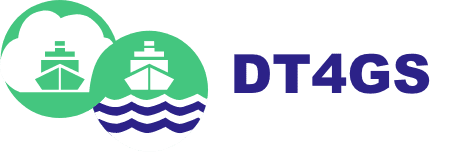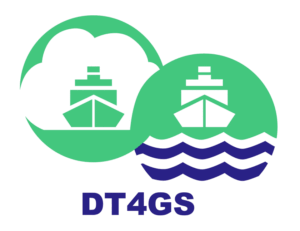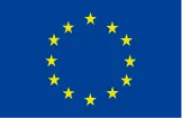The aim of this sub-task was to define the macro-environment enablers and challenges for DT4GS and to elicit methods, models and governance related to the economic viability of DT4GS, considering financial levers (i.e., carbon credits, Green Taxes, Transition Finance) in the context of the latest EU disclosures, and adoption strategies in line with the UN SDG’s. In this context, enabling factors or decelerators of shipping decarbonisation have been defined, which will be then converted in quantifiable components that can be read by a specific algorithm. Below a summary of key enabling factors, challenges and governance models that characterize the shipping transition:
| Transition Component | Example | KPI1 | KPI2 | KPI3 | KPI4 | KPI5 | |
| Enablers | Technical regulation | EEXI/CII | GHG | CO2 | AER | EEOI | |
| Voluntary market forces | GHG | CO2 | % fleet utilization | NB price | second-hand price EUR | ||
| Digitalization | GHG | CO2 | bunker consumption | ||||
| Energy efficiency | GHG | CO2 | AER | CAPEX | OPEX | ||
| Low/Zero-emission Fuels | GHG | CO2 | AER | TCO | |||
| Headwinds | Lack of regulation | Carbon tax | EUR/CO2 | EUR/GHG | |||
| Production and availability of alternative fuels | Tonnes | EUR/tonne | |||||
| Sunk costs | EUR | Yrs | |||||
| Lack of trusted data | % error | ||||||
| Sustainable Financing | EU Taxonomy | Turnover | OPEX | CAPEX | |||
The components in the figure above represent the challenges and enabling factors that have a direct or indirect impact on the ship design and operations. The work is directional and the list is non-exhaustive and one can develop more granular KPI assumptions. The KPIs above serve as input and / or output KPIs and once quantified can be used in DT model services.
DT4GS has received funding from the Horizon Europe framework programme under Grant Agreement No 101056799.





